 |
| The Museum of the Confederacy |
Having grown up in New York, I can honestly say that visiting a museum about the Confederacy was never really on my bucket list. However, one of my stops on my recent trip to Lynchburg, VA was at The Museum of the Confederacy in Appomattox, the largest capital project scheduled for the commemoration of the American Civil War Sesquicentennial.
From the The Museum of the Confederacy:
At the site of The Museum of the Confederacy, you can look northeast to Appomattox Court House, site of the meeting between Robert E. Lee and Ulysses S. Grant where the Army of Northern Virginia surrendered on April 9, 1865. From this intersection of Routes 24 and 460, turn your eyes south to the site of the Battle of Appomattox Station – saved by the Civil War Preservation Trust – and, just beyond that, to the edge of the town of Appomattox, one of the most recognizable names in American History.
Opened March 2012, the museum examines the post-Civil War struggle to heal the nation. The 11,700 square foot museum with 5,000 square feet of exhibit space is situated within a mile of where the war effectively ended and has an extensive amount of Civil War artifacts. The main exhibition “Appomattox” covers the sectional crisis that led to war; civilian, government and military actions from 1861 through the early spring of 1865; Lee’s surrender at Appomattox; the aftermath of the surrender; and the impact and legacy of the war on America.
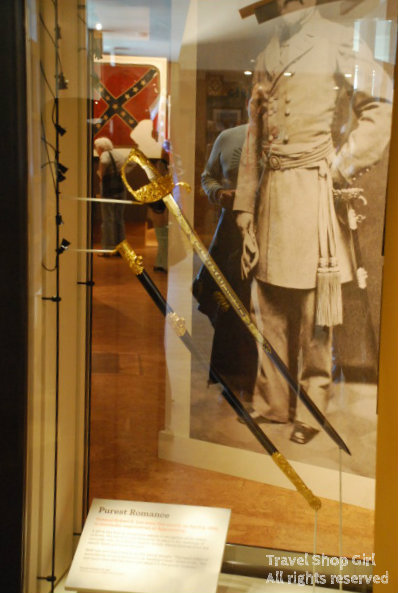 |
| Robert E. Lee’s sword |
Among the 179 artifacts; 166 photographs, images, and graphics; 95 documents; and 14 graphic map reproductions are:
- Robert E. Lee’s Appomattox sword and uniform that he wore in Appomattox on April 9, 1865. The sword was for ceremonial use and there is no evidence he ever used it in battle.
- The pen General Lee used to sign the surrender document
- The parole signed by General Lee and the members of his staff
- Computer access to the original paroles. Enter in a name and view the record instantly.
- A large number of Confederate flags, including some surrendered at Appomattox and the poles on which they were carried
- Over 100 photographs of people and the stories of those individuals
- Uniforms of five Confederate officers worn at the surrender, as well as 20 other Confederate uniforms
 |
| The Confederacy’s Caroline Greys Flag (photo courtesy of The Museum of the Confederacy) |
I was especially impressed by the story of the Caroline Greys flag. This banner bore a painting of the Confederate unit and is believed to be the only flag bearing an image of actual soldiers. The faces of the soldiers are so unique, which is why it is thought that this could be a portrait of the men. After the first year of the flag traveling with the soldiers during the Civil War, in the summer of 1862 the soldiers decided to leave it behind. While only 36 men were pictured on the flag, there were 70 men in the unit and only 11 remained after three years. The flag didn’t do much better as time had taken a toll on the flag itself.
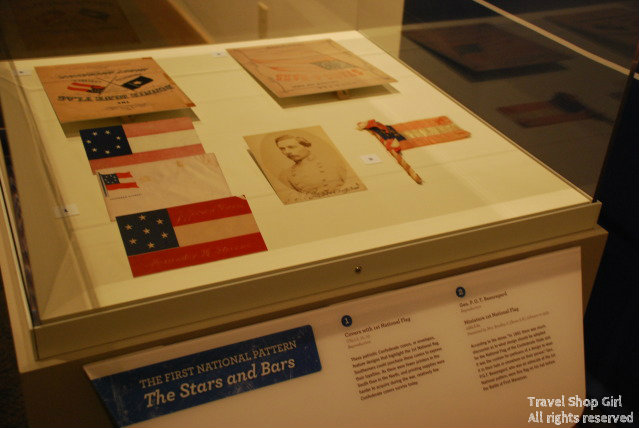 The Colors of the Gray: Consecration and Controversy is the largest single collection of wartime Confederate flags and is housed at The Museum of the Confederacy. With more than 550 flags, about 10% have been conserved and a number are just fragments. From The Museum of the Confederacy:
The Colors of the Gray: Consecration and Controversy is the largest single collection of wartime Confederate flags and is housed at The Museum of the Confederacy. With more than 550 flags, about 10% have been conserved and a number are just fragments. From The Museum of the Confederacy:
Beginning in the late 19th century, the Army of Northern Virginia pattern flag became a lightning rod for debates surrounding its association with Southern heritage or racial hatred. It has also been broadly connected with rebellion and independence. While nearly every aspect of this potent symbol of the Confederacy continues to be debated, this much is certain: it will continue to stir passions and headlines.
The Museum of the Confederacy will transport you back in time to the Civil War and allows you to see, hear, feel, and touch history. No longer are the stories in the history books, but in front of you so you can experience a little bit of history for yourself. From the touching sculpture above to the “mourning beads” to the alarmingly tiny uniforms (men were excruciatingly small in the 1860’s!), this museum has the ability to draw you in on an emotional level while providing an educational experience.
I would definitely recommend a visit to The Museum of the Confederacy after visiting Appomattox Court House National Historic Park as they do tie in together nicely. While children are certainly allowed inside the museum, it might be challenging for younger children since this is not a children’s museum. If traveling with young children, you might want to consider having them burn off some extra energy before entering the museum to make it more manageable for them and for you. For history buffs, the museum is replete with enough Civil War artifacts and information to keep them more than satisfied for years to come.
 |
| The Museum of the Confederacy (photo courtesy of The Museum of the Confederacy) |
The Museum of the Confederacy
159 Horseshoe Road
Appomattox, VA 24522
Phone: 434-352-5791
Web site: http://www.moc.org/page/museum-confederacy?mode=appomattox
Hours
10:00 am to 5:00 pm – Daily
Closed New Year’s Day, Thanksgiving, and Christmas Day.
Early closing Christmas Eve.
Admission
Adults: $10.00
Seniors 62 and older: $8.00
Youth 7-13: $6.00





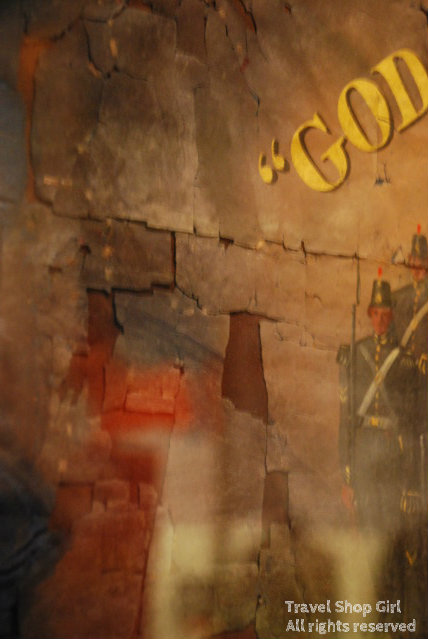
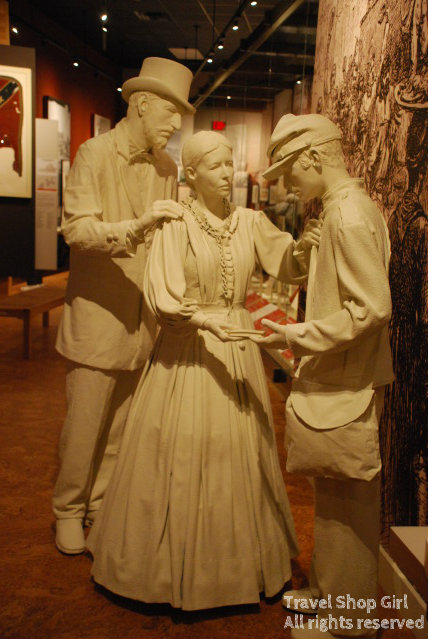
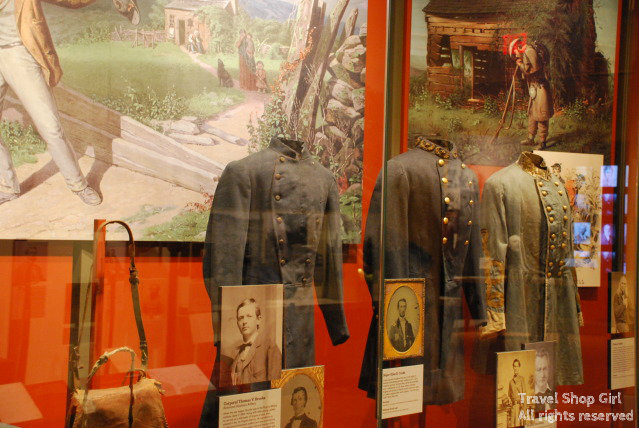
Fascinating place, Marian. I love all the detail, the letter and the story behind Caroline Greys flag.
Thanks so much! It was definitely an interesting place to visit. Coming up is my visit to Thomas Jefferson’s Poplar Forest – this is where he retired. Stay tuned!
What an interesting place to visit!
Thanks Andi!